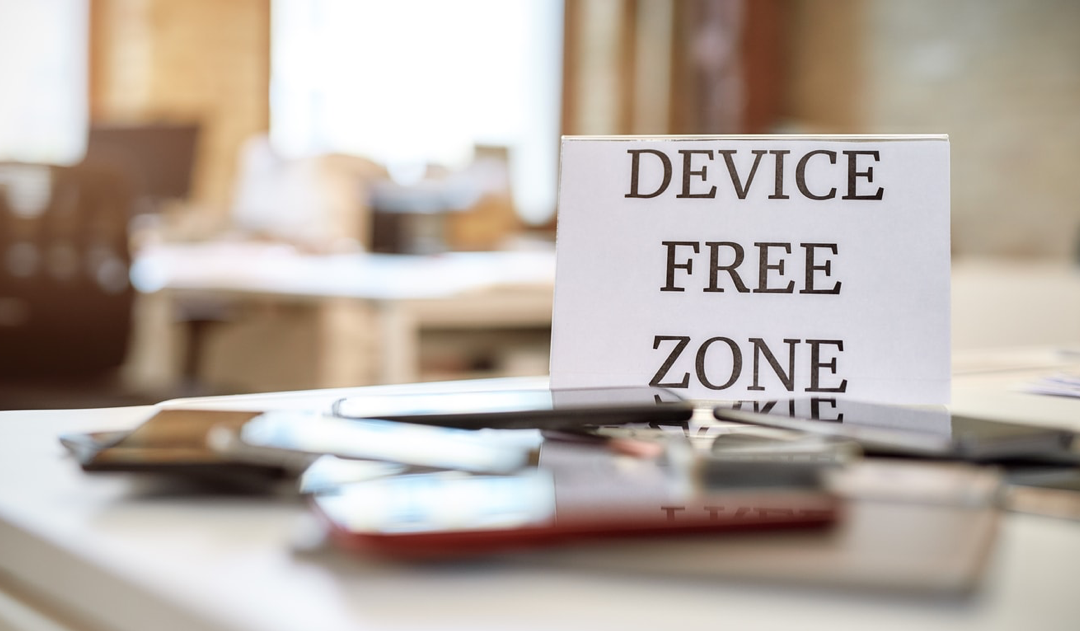Screen Time
In today’s world, so much of our work and entertainment is screen-based. According to data from eMarketer, smartphone users in the United States spend an average of 3 hours, 10 minutes per day on their phones. Additional research shows that Apple device users unlock their phones up to 80 times a day, and they tap, swipe, and scroll 2,617 to 5,400 times per day.
Pre-quarantine, commuting, formal meetings, lunch and coffee breaks with co-workers, etc., provided employees with quite a few breaks from their phone and computer. However, the COVID-19 pandemic led to a majority of employee working from home. Now that there is little to no commuting, and meetings, coffee breaks, and even workout classes have gone virtual, remote workers are estimated to spend an average of 8.5 hours a day looking at a screen. Not only can this much screen time lead to both short-term and life-long eye damage, but it can also have negative impacts on your quality of sleep and mental wellbeing.
Tips for Reducing Screen Time at Home
Listed below are tips from time management coach, Elizabeth Grace Sanders, on how to reduce screen time at home while also maintaining your productivity!
- Don’t default to a zoom meeting every time. While video meetings are an extremely useful tool for remote workers, they aren’t always necessary. If a meetings topic can quickly be covered over a phone call or email, chose one of those options instead. You can also send out an email or have a phone call before a virtual meeting to cover a topic and reduce screen time to questions only.
- Set aside time each day where you commit to screen-free time. This can be the time where you focus on non-digital work or take a break from work altogether to give your eyes and brain a rest. For example, it may seem more productive to eat lunch at your desk and continue to work, but try eating outside or at the table and just focus on enjoying your tech-free break.
- Aim for physical over digital whenever possible. Choose an outdoor or audio-based workout, pick up the hard copy of a book you’ve been wanting to read, write out your thoughts on a notepad or white board, sketch the draft of your project on paper first, etc.
- Stay as active as possible. The best way to counteract the negative impacts of too much screen time is to keep your body moving. Schedule in time each day to exercise, take walking meetings whenever possible, get up and stretch every hour, etc.
- Create a device free zone somewhere in your home where you can go when you are feeling overwhelmed by screen time. Even just a small space in your living room, office, or bedroom where you can meditate, practice yoga, or read will help give you the mental break you need from technology.
For more information, visit Harvard Business Review!








